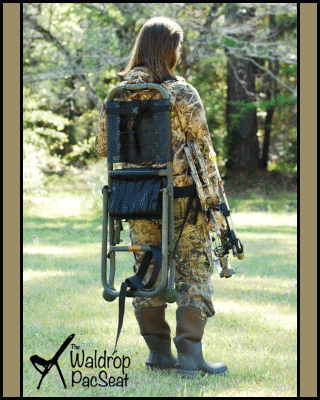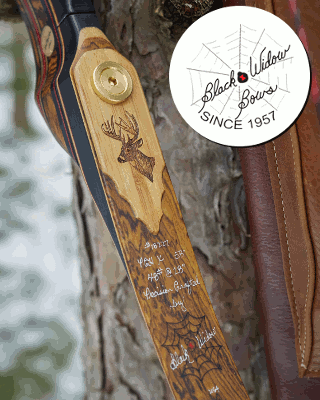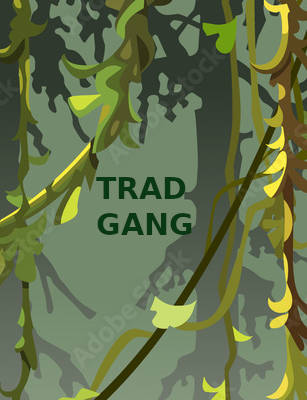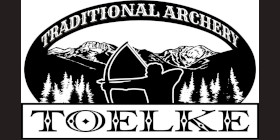Hey Longbowman,
All of the above will work. I have used a zip wheel on a grinder. Fast but extremely dangerous. One slip with a zip wheel and you can open up your chest or slice off a finger in the blink of an eye.
Here is a low tech, but effective and safe method:
First off, wear eye protection. Seriously.
Mark out your knife pattern on a saw blade with a permanent marker. Use a cold chisel, hammer and a good solid steel plate or anvil if you have one (doesn't everyone own an anvil?). Start off by tapping along the outline of the pattern until you have made a score mark. This part is critical to ensuring the right shape so take your time and be patient. After you have scored the outline, then you can put some muscle into it. Don't hammer continuously in one spot. Keep moving the chisel along the outline and hammer (bang bang, two taps), putting more force into it as you move along the outline. Once you chisel out the blade, you can file it down nicely with a metal file. I have made quite a few knives in this manner and have even used circular saw blades, which are very thick and tough, to make a knife. It is hard work but it does work. If you find it to be tedious and labour intensive, just think of individuals who have ticked you off over the years and the work will have an added satisfaction as you pound away your pent up aggression!
As Sticshooter suggested, you can use nails for rivets to affix the handle. I have done this before with great success. The key here is to make sure you have a little hollow on each side of the handle so that when you pound on the nail, it will mushroom into the hollow, making a smooth finish. This can be faired with a metal file.
Alternatively, I have used brass "Chicago" bolts. These are also called "screw posts". They come in various lengths. I actually prefer these because you can screw them down good and tight and if you need to, you can replace the handle simply by unscrewing the bolts. The downside is that Chicago bolts/screw posts are not as pretty a finish job as smooth rivets. You will also have to countersink a hole in the handle to ensure that the screw posts are flush with the handle.
Disclaimer: I am not expert knife maker. I have made many over the years using the methods described above. I learned my techniques 30 years ago from an old native man. My finished work could be charitably described as "utilitarian".
Hope this helps
Robert




















